Time to tally up the turtle trivia in this top ten that is filled with the latest shell styles from one of the coolest reptiles around!
1) Most turtles can hide their head in their shells but some species, like the sea turtle, can’t.
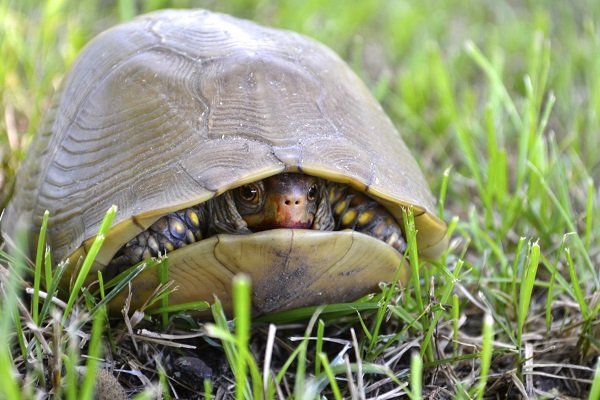
2) The word ‘testudinal’ means to resemble a tortoise or turtle shell.
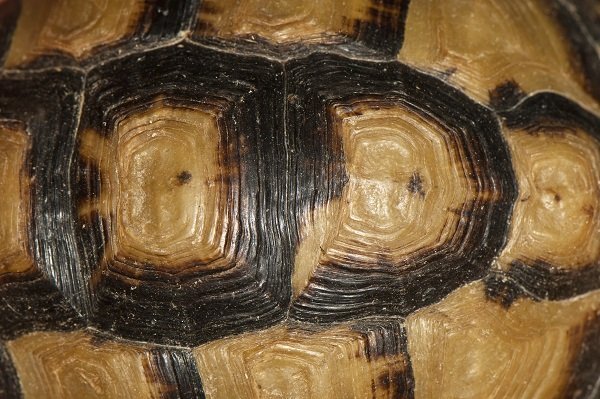
3) Turtle shells have three main parts: the upper or top piece (carapace); the bottom (plastron); and the bridge that fuses the upper and lower pieces together.
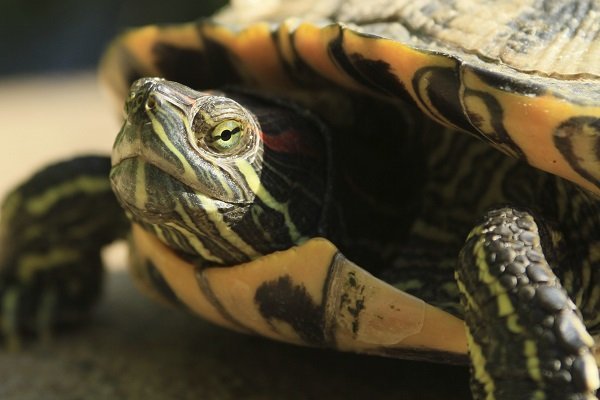
4) A turtle’s carapace, or upper shell, is flatter to help them swim while a tortoises’ carapace is higher and dome-shaped.

5) The inner layer of a turtle’s shell is made up of 60 bones, including their backbone, breastbone and ribs.
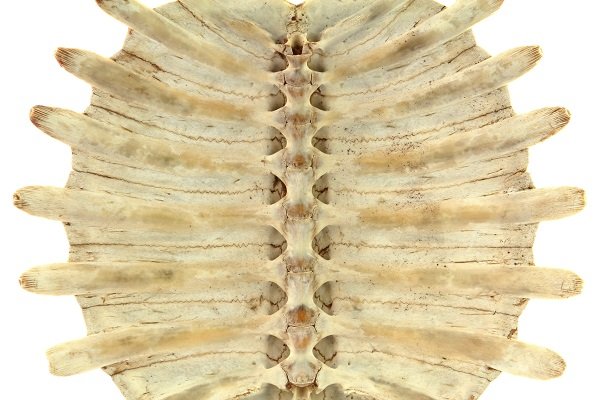
6) A turtle’s shell is attached to their body. Turtles do not look for a bigger shell as they get bigger, instead the shell grows with the turtle.
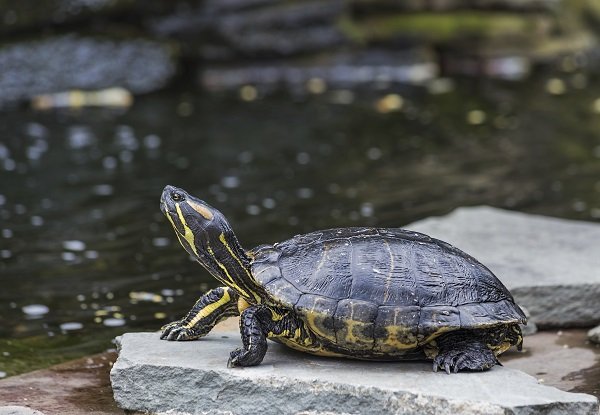
7) Most turtle shells are covered with hard scutes, also called shields, which protect the shell. These scutes are overlapping pieces of keratin (the same protein substance in your fingernail and the most abundant type of protein on Earth).
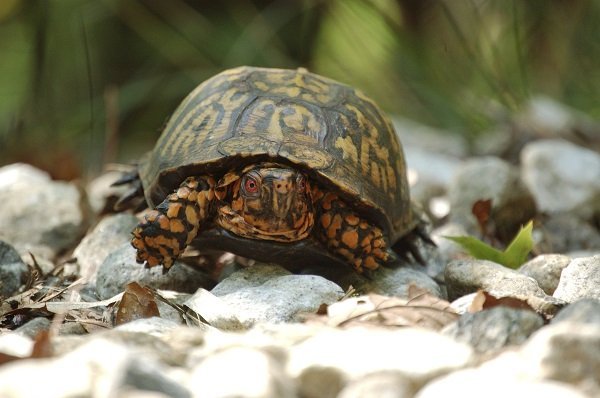
8) Softshell turtles, don’t have scutes; their shell is protected with thick skin.
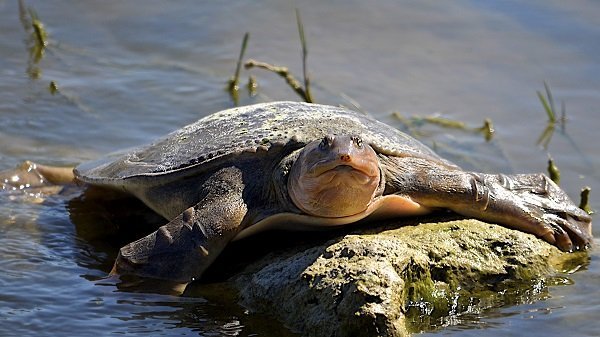
9) The colour of a turtle’s shell varies; common colours are brown, black and olive green. Some species also have markings that are red, orange, yellow or gray.
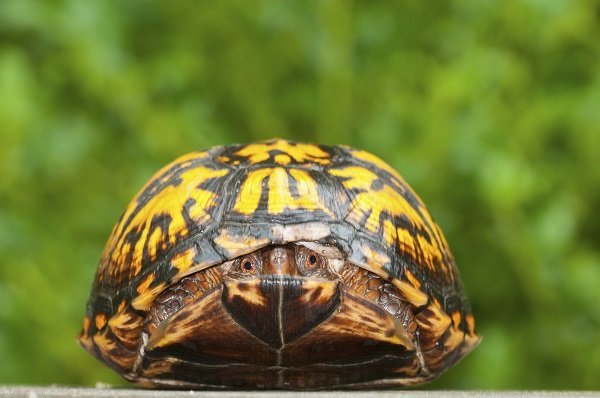
10) The upper and lower portions of the shell have nerve endings.
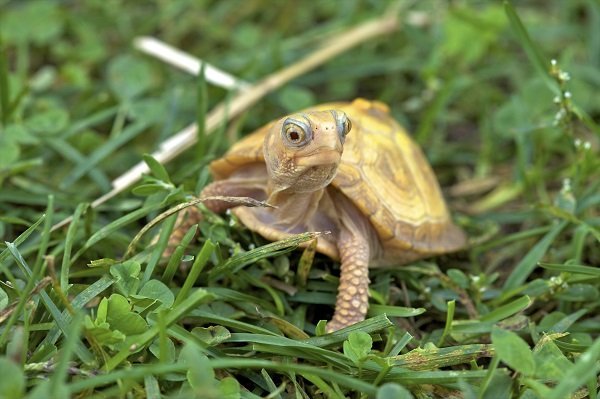
You can help protect turtles by starting a Bring Back the Wild campaign for the Blanding’s turtle
Earth Rangers is a non-profit organization that works to inspire and educate children about the environment. At EarthRangers.com kids can play games, discover amazing facts, meet animal ambassadors and fundraise to protect biodiversity.


i love turtles